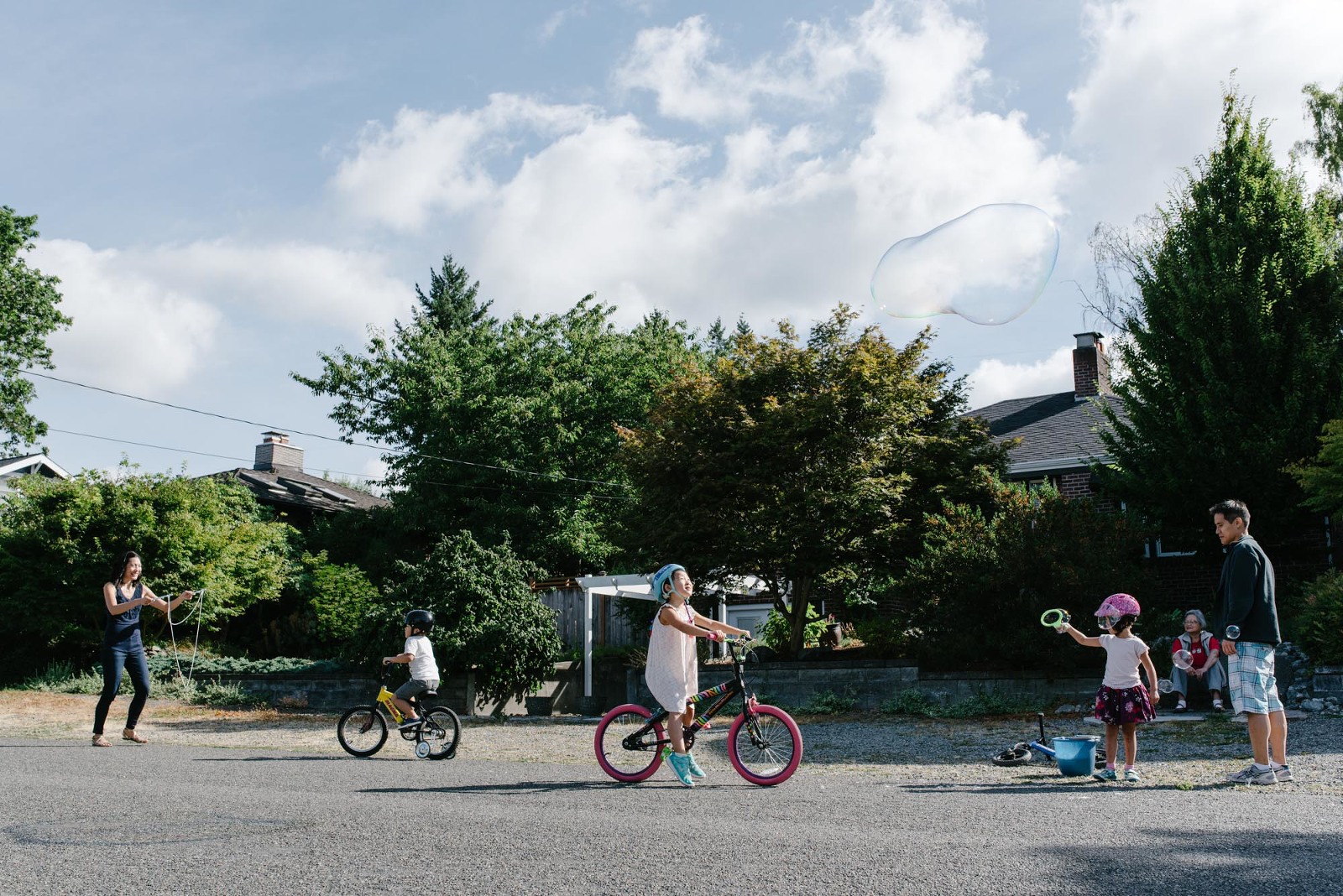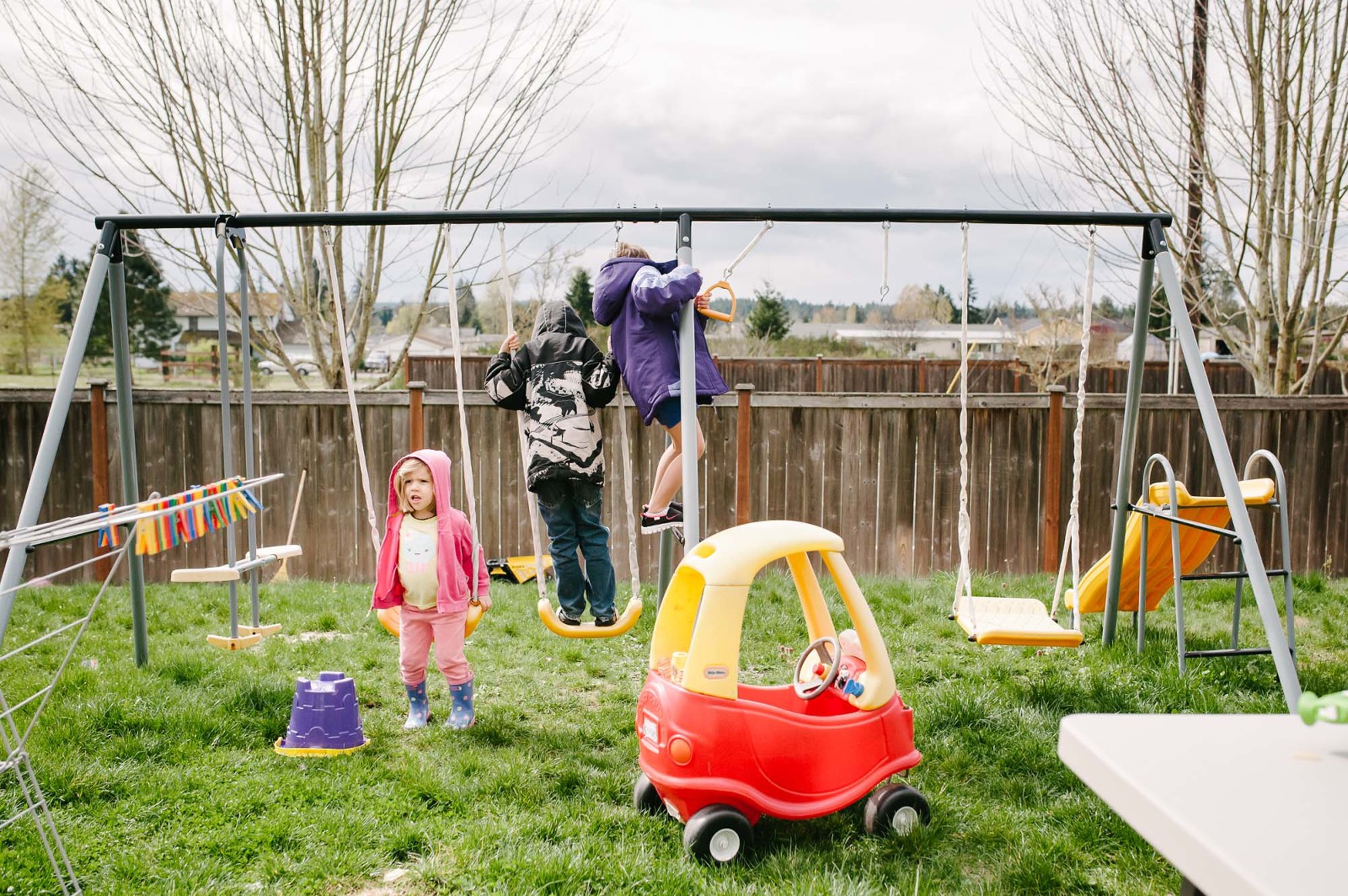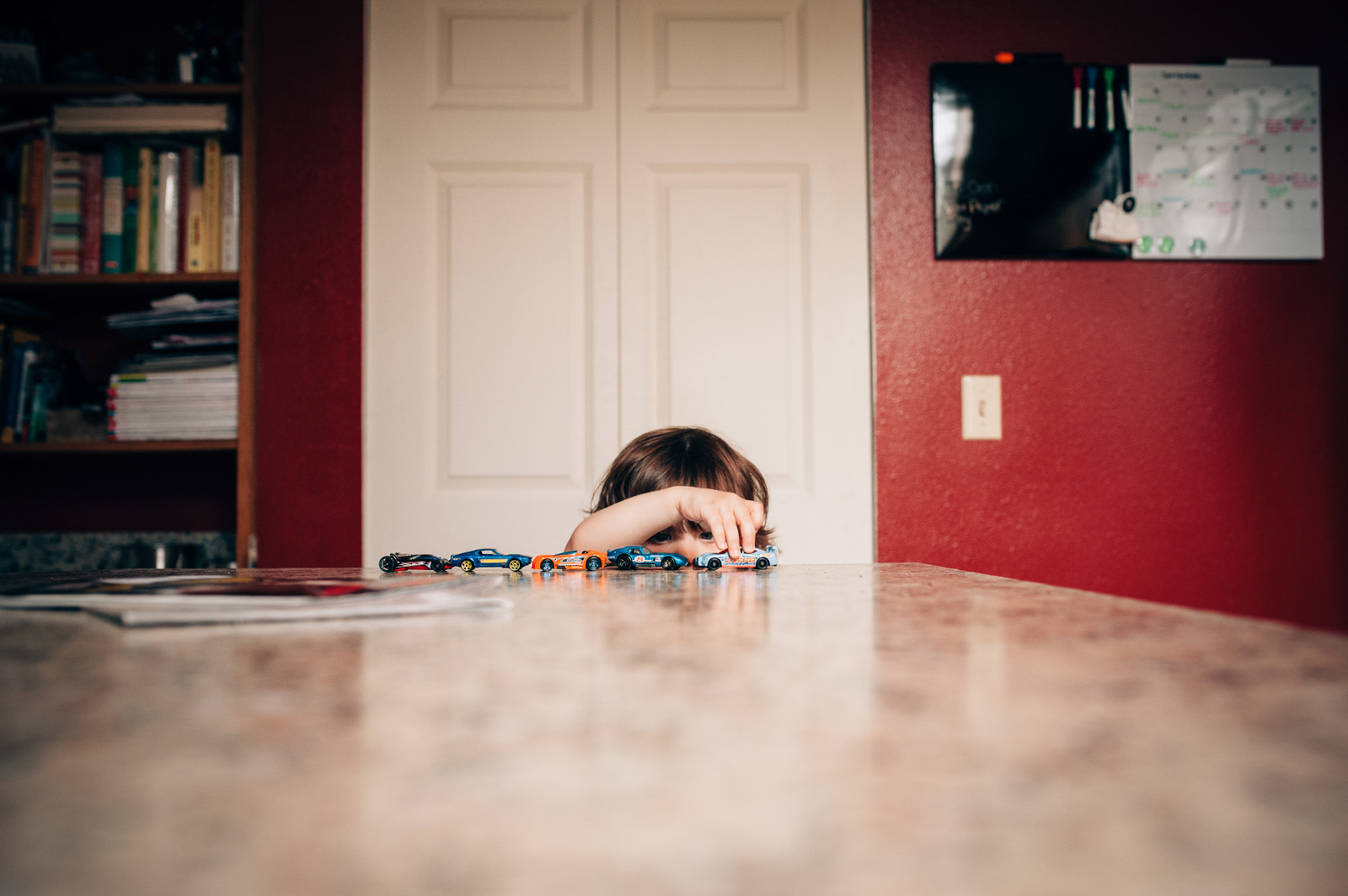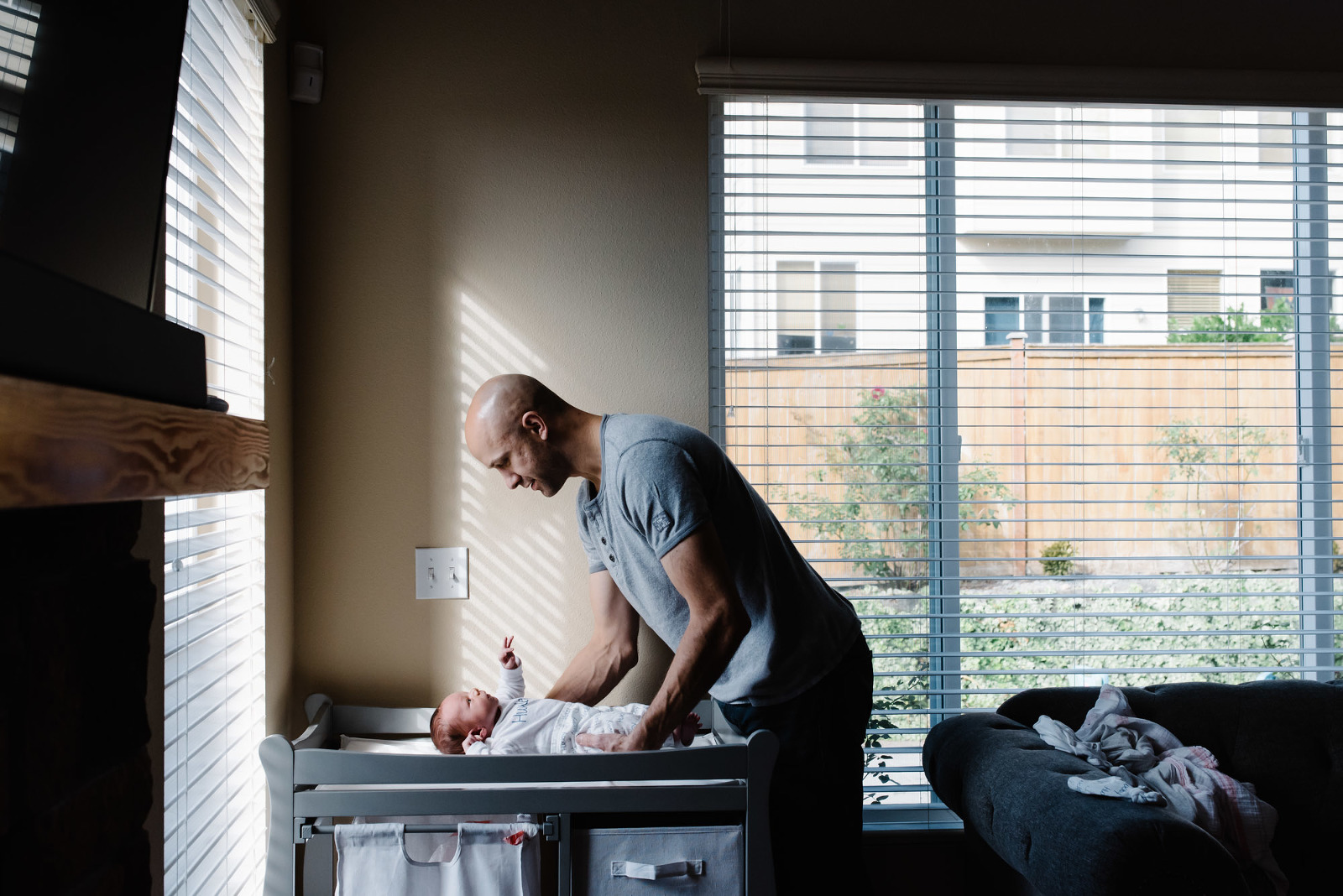*Just starting out with your camera? Take a peek at the other tutorials located here.*
Understanding and knowing how to properly utilize your aperture can be a huge leap in taking your photos from snapshots to images that are consciously created with an end result in mind.
So what is it?
Aperture, along with ISO and Shutter Speed, is part of the golden triangle of exposure and is referred to as the camera’s f-stop. Your aperture is the opening in your camera lens through which light travels. The larger the f-stop number, the smaller your opening and the smaller your f-stop number, the larger your opening.
 The first and obvious result of adjusting your aperture is your ability to allow more or less light into your camera. Having trouble with a low light situation? You can open your aperture to let more light in and allow you to capture a scene at a faster shutter speed. Want to slow your shutter speed to capture the motion of water flowing in a creek? Close your aperture to limit the amount of light coming into your camera, thus necessitating a slower shutter speed.
The first and obvious result of adjusting your aperture is your ability to allow more or less light into your camera. Having trouble with a low light situation? You can open your aperture to let more light in and allow you to capture a scene at a faster shutter speed. Want to slow your shutter speed to capture the motion of water flowing in a creek? Close your aperture to limit the amount of light coming into your camera, thus necessitating a slower shutter speed.
The second result is a change in depth of field. Depth of field can be a tricky concept to grasp as it is a 3 dimensional concept applied to a 2 dimensional image. In a nutshell, depth of field refers to how much of your image is in focus. However, the area in focus is not “area” in the classic geometric sense (height by width). Instead the area in focus refers to the depth of the scene. Imagine you are standing in front of a tunnel. Depth of field would determine how far into the tunnel you can see. A larger aperture yields a shallower depth of field, so you can’t see very far into the tunnel. Smaller aperture equals broader depth of field allowing you to see further into the tunnel.
A shallow depth of field allows a photographer to isolate a single aspect of a scene against the background and gives the image that beautiful blurry background (referred to as Bokeh).

35mm – ISO 100 – 1/2000 – f2.2
A smaller aperture allows a photographer to capture a larger scene.

50mm – ISO 100 – 1/250 – f9
Depth of field is affected by both aperture and by distance. (We will discuss this further at a later date.) Here is a real time illustration of depth of field as affected by aperture. I set up my son’s toy train as seen below.

Then, I took a series of shots starting with my aperture at f1.8 and working my way down to f16. Each time my focal point was on the small dent in the front green block of the locomotive. Pay close attention to the second and third train cars behind the locomotive.
 In the first shot in the series the back half of the locomotive is soft and the last car isn’t even recognizable. Whereas in the last shot all three train cars are easily seen, even if the last car is a little soft in focus.
In the first shot in the series the back half of the locomotive is soft and the last car isn’t even recognizable. Whereas in the last shot all three train cars are easily seen, even if the last car is a little soft in focus.
Now the easiest way to start playing around with aperture is to set your camera to aperture priority (“A” on Nikon and “AV” on Canon). This will allow you to select your ISO and your aperture while your camera will select a shutter speed to create the exposure. Keep in mind that if you have a zoom lens it may not have a fixed aperture; meaning, if your aperture is opened all the way it will progressively close as you zoom in on a subject. (You should be able to see the aperture value change in the view finder.) However, many newer lenses are able to zoom without any change to aperture.
Got any questions? Let me know! Leave a comment or send me an email. I would be happy to hear from you.










